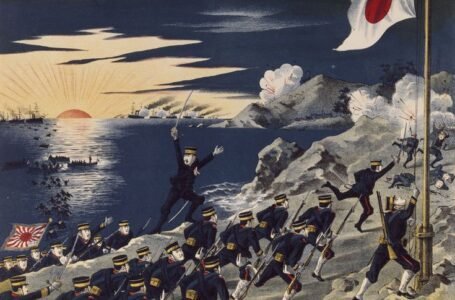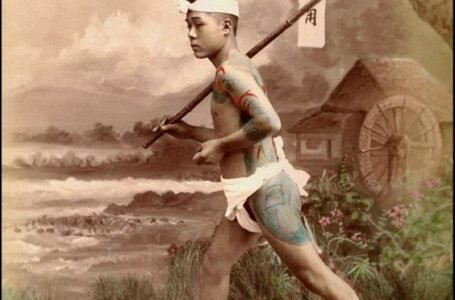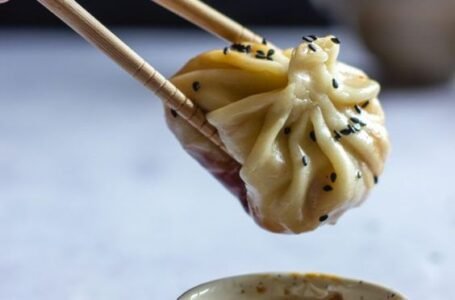#WorldOfMythologies: Japanese Mythology – The Legends of Cosmology

There are several ancient mysteries that shaped the past of Japan. The spellbinding plethora of myths, beliefs, and rites that the Japanese mythology behold have been passed down to generations through oral tradition, archaeological sources, traditional art, and literary sources. The oldest surviving accounts of Japanese mythology are literary sources that include the “Kojiki” written in 712 AD. and the “Nihon Shoki” written in 720 AD. According to the Kojiki, before the existence of anything the world was indefinite, limitless, and a shapeless mass.
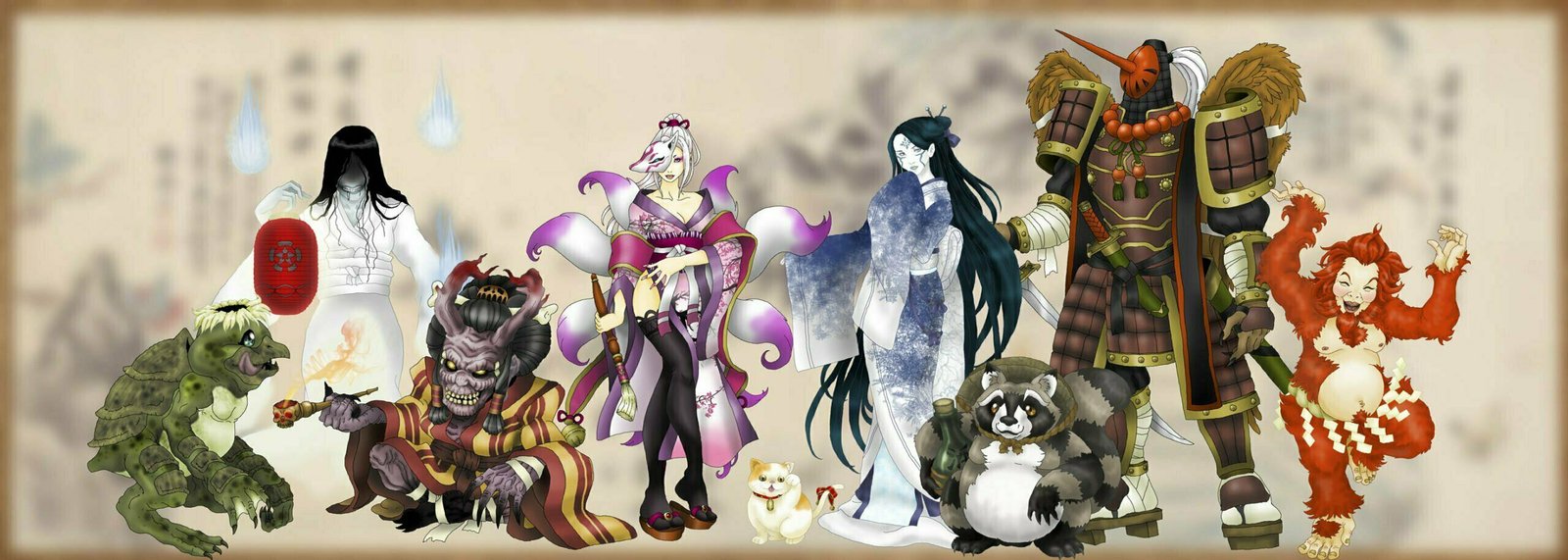
The origin of existence was just a primal slime whose lighter particles assembled and from which heaven or Takamagahara arose. In Japanese Mythology Heaven then gave birth to three divine beings known as the Three Creating Deities. Meanwhile what was heavy and opaque in the abyss crystallized and created the Earth. Then, like a reed emerging from its bosom, a pair of immortals were born. These were the first generation of deities. In Japanese lores, Several other deities were born thereafter but there was nothing that they could accomplish as long as the world remained in chaos. Then all the heavenly deities summoned a pair of divine beings, the God Izanagi and the Goddess Izanami, and handed them a spear called Ama-no-Nabokov in Japanese Myths.

As mandated by their superiors, this couple created Oyashi-ma-Kuni, or the Country of Eight Great Islands. They became the parents of a large number of children. The first two being undesirable and disappointing were abandoned but after them, all the children born to them left nothing to be desired. Izanagi, Izanami, and several other divine beings became the most important deities of the Japanese culture, who were named, Yebisu, Kagutsuchi, Amaterasu, Tsukiyomi, Susanoo, Raijin and Fujin, Ame-no-Uzume, Hachiman, Inari, Kannon, Jizo.

The Jomon era, which lasted from 14,500 to 300 B.C. was the earliest known historic period of Japanese civilization. The earliest beginnings of agriculture occurred in the year 5000 BCE. Then came the Yayoi period dating from 300 BCE to 250 CE. In this Japanese era, migrants from continental Asia began to arrive in Japan. Next was the Kofun period which covers 250 CE to 538 CE. Then was the Asuka period which was from 538 to 710 CE.
The next period was the Nara period which dated from 710 to 794 CE. And then before the modernization of Japan, the last period of the ancient Japanese civilization was the Heian period which covered 794 to 1185 CE. According to the evidence, the Japanese mainly practiced the religions Shinto and Buddhism while Christianity was followed by a few people. The belief in the existence of guardians or protective deities known as kami lies at the heart of Shinto. It’s said that there are hundreds of kami who interact in various ways.
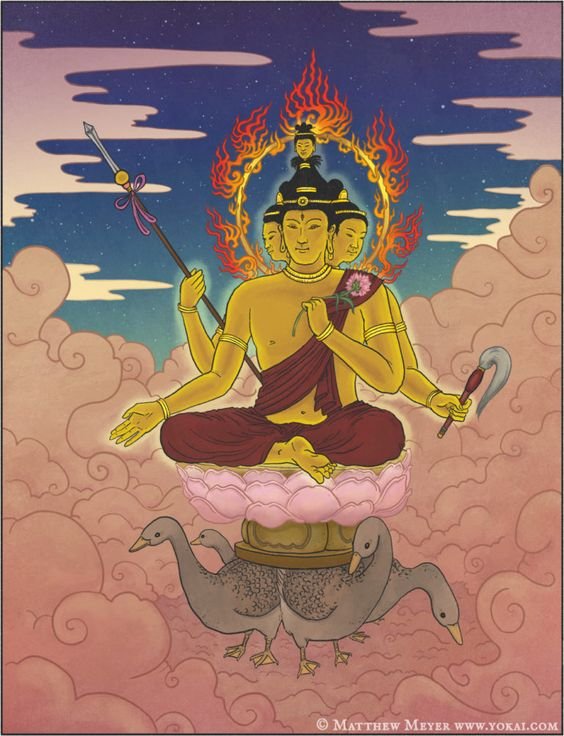
In Japanese Culture the Shinto religion is influenced by the Buddhist teachings about the four noble truths that are Ukkha which means suffering, Samudaya which means the origin of suffering, Nirodha which means the cessation of suffering, and Magga which means the path to end suffering. Religious syncretism or the relationship between the Shinto deities and the Buddhist divine beings has been a major feature of religion in Japan.
The Japanese culture celebrates four major rites and rituals, including birth, which marks the beginning of life, coming of age, which marks the beginning of adulthood, marriage, which marks the beginning of a new life with a partner, and finally, death, which marks the stage at which people enter the afterlife with the belief of rebirth. These very aspects enable the survival of key cultural values and ideas of Japanese culture and mythology.
